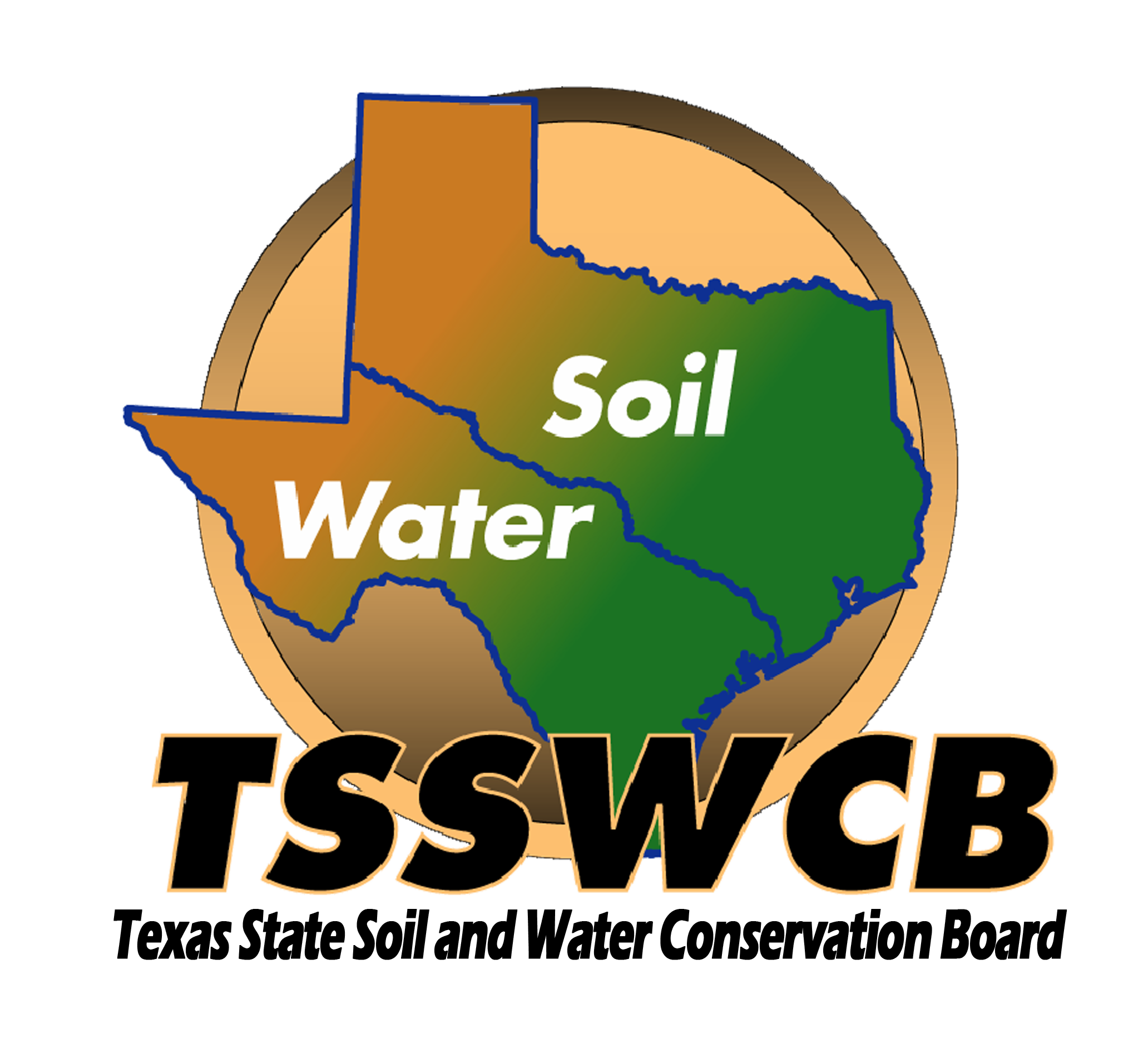May 29 marked the 75th anniversary of the founding of the Texas Soil and Water Conservation Board (TSSWCB) and the organization is celebrating its diamond jubilee throughout the rest of the year.
According to Rusty Ray, public affairs specialist at TSSWCB, the annual state meeting of Soil And Water Conservation District Directors will commemorate the 75th anniversary and will feature a number of speakers, including historian Dan Utley and former Texas Speaker of the House Pete Laney, who will deliver the keynote address. The conference is October 27-29 in Galveston. TSSWCB is also expected to receive a historical marker from the Texas Historical Society, Ray said.
TSSWCB will celebrate the anniversary directly with the state’s 216 soil and water conservation districts (SWCDs), Ray said. The exceptional work of SWCDs has significantly contributed to the success of TSSWCB, according to TSSWCB executive director Rex Isom.
“Their hard work has not only improved the state’s soil and water resources, but has contributed to building a firmer foundation under our state and nation’s economy,” he said.
“The only reason the TSSWCB still exists 75 years after its establishment is because of the state’s soil and water conservation districts, and they in turn exist because of the state’s farmers and ranchers who come to local SWCDS for help in planning and implementing conservation programs on private lands,” Isom said in a TSSWCB news release.
According to the news release, the organization was founded during the Dust Bowl, a time dominated by severe drought and soil erosion. Since then, TSSWCB has promoted the protection and conservation of natural resources by allowing landowners to connect with their SWCDs, which provide technical and financial support.
TSSWCB is also the lead agency for planning, implementing and managing programs for preventing and abating agricultural and forestry nonpoint sources of water pollution and administers a water supply enhancement program through the targeted control of water-depleting brush. It also ensures that the state’s network of 2,000 flood control dams are protecting lives and property by providing operation, maintenance and structural repair grants to local government sponsors, according to the release.
“We’re all about conserving the natural resources in the state of Texas,” Ray said.
Isom said an additional factor in the success of TSSWCB has been the organization’s ability to adapt over time. TSSWCB continues to develop innovative strategies to address changing conditions, he said. “It is important to remember that the conservation of soil, water and related natural resources will never be finished,” he said.
Kevin Wagner, associate director of the Texas Water Resources Institute (TWRI), agreed the state organization has evolved as the needs and issues of state evolved.
“Initial focus was on soil conservation, then flood control, then nutrient water quality issues, and now bacteria water quality issues, ag water conservation, water enhancement and rehabilitating flood control structures,” he said.
Wagner said TWRI and TSSWCB have been partners for two decades and have worked extensively together to “provide educational programs in impaired watersheds, evaluate and demonstrate new practices for reducing pollutant levels in agricultural runoff, develop watershed plans, assess watersheds and improve watershed assessment tools.” Wagner considers the TSSWCB to be one of TWRI’s best partners.
While remembering the past, TSSWCB is also looking ahead to the future. “With respect to the TSSWCB and SWCDs, we will be working diligently to maintain and increase the support of state and federal resources to meet Texas’ soil and water conservation needs now as well as into the future,” Isom said.
For more information about TSSWCB history, read its news release.

